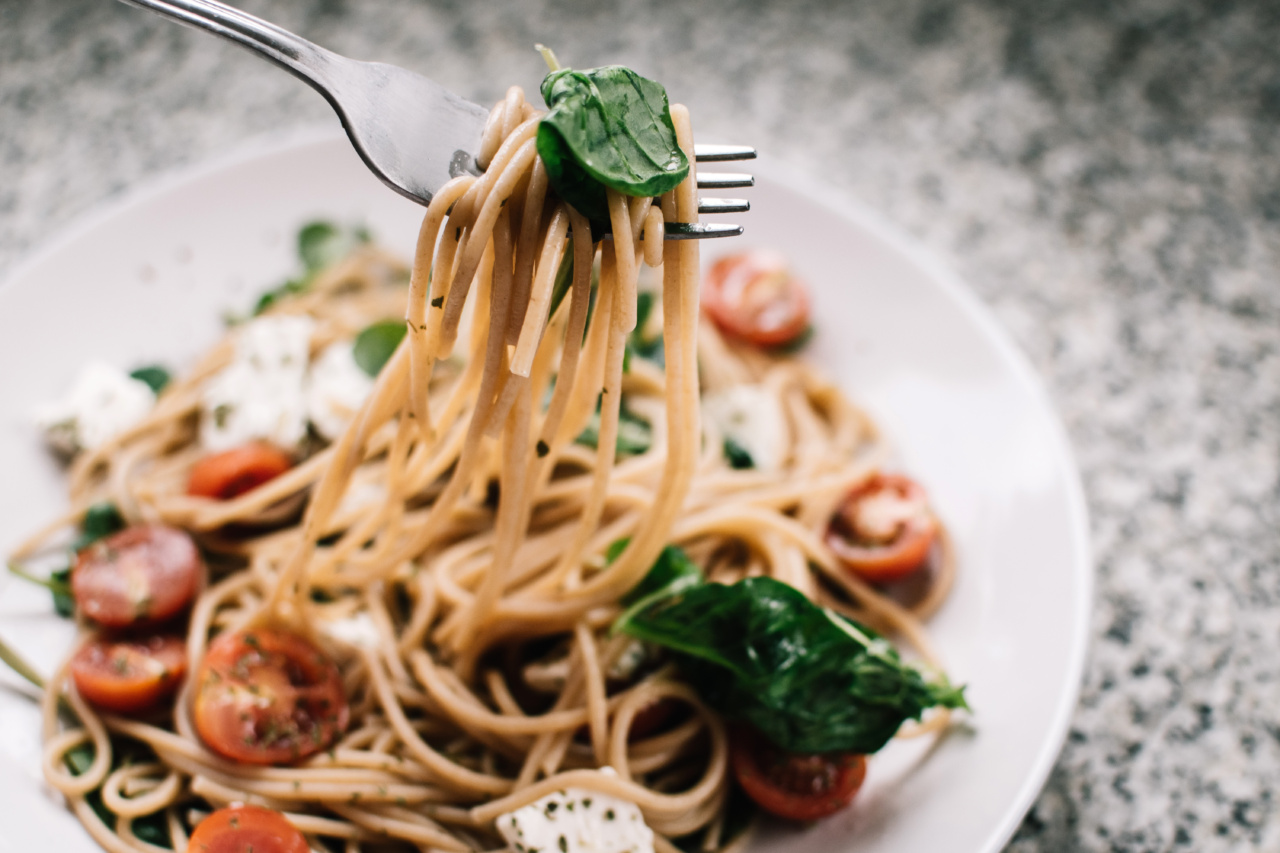Pasta is a popular food option for people from all walks of life. It is known for its versatility and provides an easy base for a variety of meals. Many people associate pasta with indulgence and comfort food.
But few know that pasta is a nutritional powerhouse. Made from wheat, pasta offers a plethora of health benefits. In this article, we will discuss the nutritional benefits of pasta and how it can be a part of a healthy diet.
Pasta is Rich in Carbohydrates
Pasta is a carbohydrate-rich food. It is made from wheat, which is a good source of carbohydrates. Carbohydrates are essential for providing energy to the body. They are the primary fuel source for the body that powers the brain, muscles, and other organs.
Carbohydrates also play an important role in maintaining the health of the digestive system.
Pasta is Low in Fat
Pasta is a low-fat food. It contains only a small amount of fat, which is mainly from the sauce used to prepare it. A cup of cooked pasta contains only one gram of fat, which makes it a great food option for people concerned about their fat intake.
Pasta is a Good Source of Protein
Pasta is a good source of protein. A cup of cooked pasta contains about eight grams of protein.
Though not as high in protein as other foods like meat or beans, pasta provides a significant amount of protein, especially when combined with other protein-rich foods like meat or cheese.
Pasta is Rich in Vitamins and Minerals
Pasta is rich in essential vitamins and minerals. It contains vitamins like thiamin, niacin, and folate. Apart from that, it is also a good source of minerals like iron and selenium.
These vitamins and minerals play an important role in maintaining the overall health of the body.
Pasta is Low in Sodium
Pasta is naturally low in sodium. A cup of cooked pasta contains only a small amount of sodium. This makes it an ideal food option for people with high blood pressure or those who are trying to reduce their sodium intake.
Pasta is a Good Source of Fiber
Pasta is also a good source of fiber. A cup of cooked pasta contains about two grams of fiber. Fiber plays an important role in maintaining the health of the digestive system. It helps to bulk up the stool and facilitates bowel movement.
Eating pasta with whole-grain varieties increases the fiber content, making it an even better food option.
Pasta is Versatile
Pasta is known for its versatility. There are a variety of pasta shapes and sizes, each with its unique texture and taste.
The different shapes can be used in a variety of dishes, from classic Italian pasta dishes like spaghetti bolognese, penne arrabbiata to soups and stews. The versatility of pasta makes it an excellent food option for people who like to experiment with their meals.
Pasta is Affordable
Pasta is an affordable food option. It is one of the most cost-effective foods available in the market. It is readily available and can be found in most grocery stores.
The affordability of pasta makes it an excellent food option for people on a tight budget.
Pasta in a Healthy Diet
Pasta can be a part of a healthy diet. It is essential to balance the intake of pasta with other food groups like vegetables, protein-rich foods, and healthy fats. One way to make pasta even healthier is by choosing whole-grain pasta.
Whole-grain pasta provides more fiber, minerals, and vitamins than traditional white pasta. Avoiding dense sauces and opting for a light sauce or olive oil-based pasta is also a healthy option. It is also recommended to limit the intake of pasta and control the portion size.
A serving of pasta is about one cup, and it is recommended to eat pasta in moderation.
Conclusion
Pasta is a nutritional powerhouse that provides essential nutrients to the body. It is rich in carbohydrates, proteins, vitamins, and minerals, making it an integral part of a healthy diet. Pastas versatility makes it a food option loved by many.
Its affordability, availability, and ease of preparation make it an excellent food option for all. To make pasta even healthier, it is essential to balance its intake with other food groups and choose whole-grain pasta. Eat pasta in moderation and enjoy the various Italian specialties that can be made from it.





























